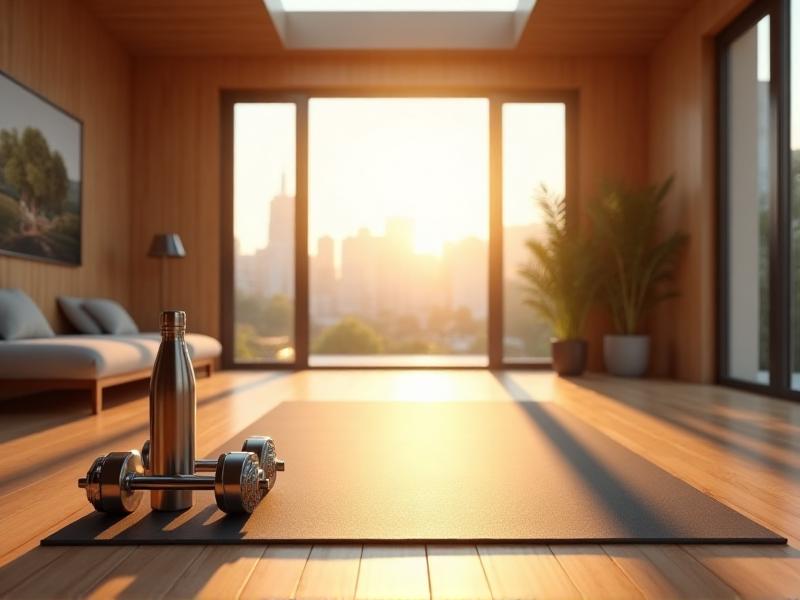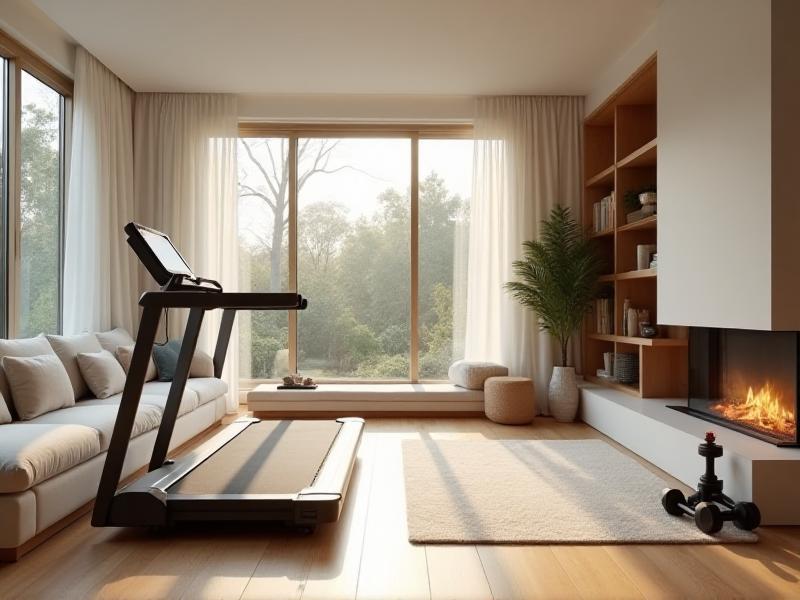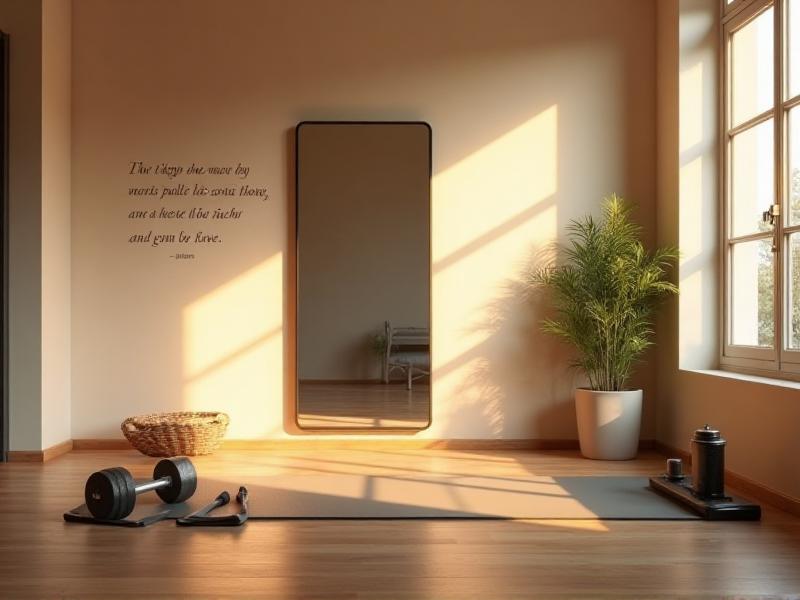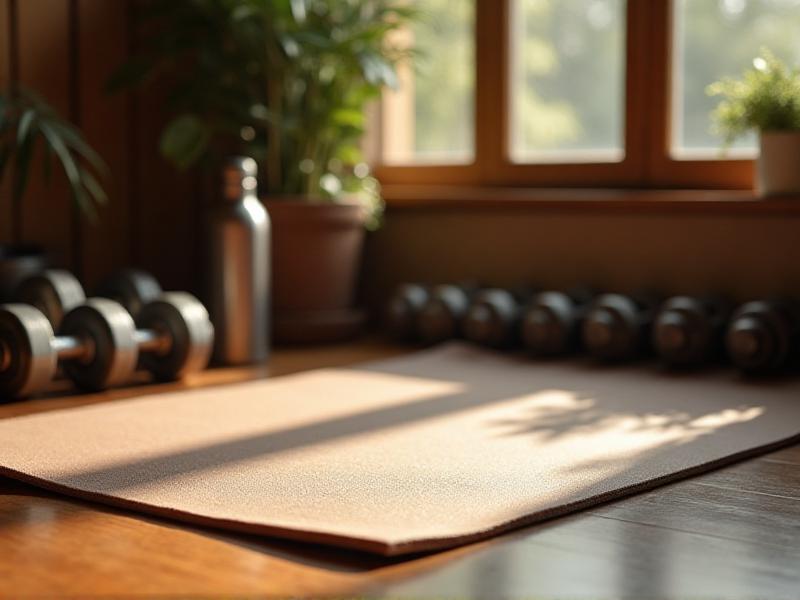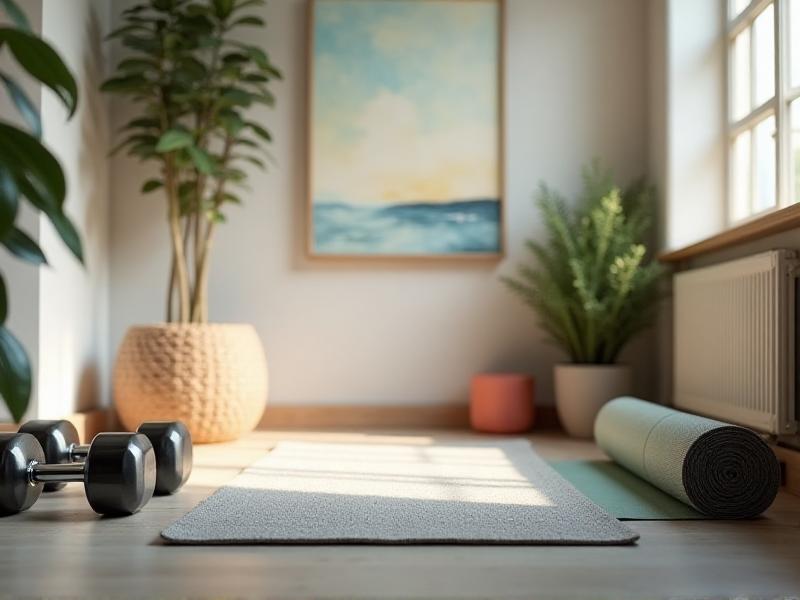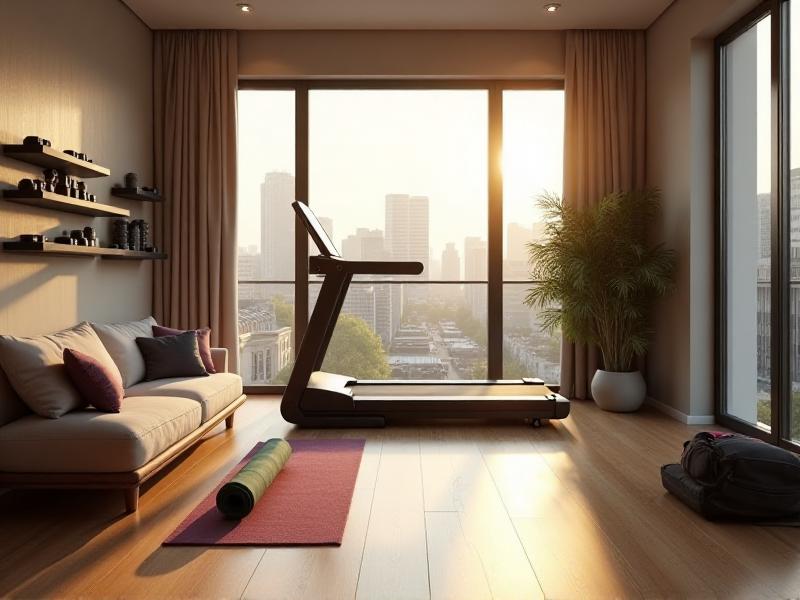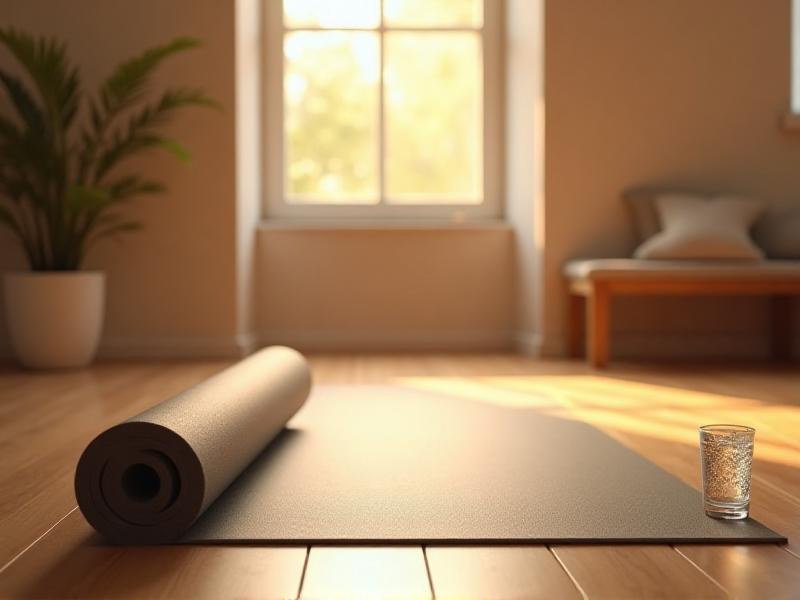High-Tech vs. Low-Tech Home Workouts: What's Right for You?
High-Tech vs. Low-Tech Home Workouts: What's Right for You?
Understanding the Basics: What Defines High-Tech and Low-Tech Workouts?
When it comes to home workouts, the spectrum ranges from high-tech gadgets to low-tech, no-frills exercises. High-tech workouts often involve advanced equipment like smart treadmills, interactive mirrors, or fitness apps that track your every move. These tools offer real-time feedback, personalized training programs, and a sense of gamification to keep you motivated. On the other hand, low-tech workouts rely on minimal equipment—think yoga mats, resistance bands, or even just your body weight. These methods emphasize simplicity, accessibility, and often a deeper connection to the body's natural movements. Understanding the core differences between these two approaches is the first step in deciding which one aligns with your fitness goals, lifestyle, and budget.

The Pros and Cons of High-Tech Home Workouts
High-tech home workouts offer a futuristic approach to fitness, blending technology with exercise to create an immersive experience. One of the biggest advantages is the ability to track progress meticulously. Devices like smartwatches and fitness apps monitor heart rate, calories burned, and even sleep patterns, providing a comprehensive overview of your health. Additionally, high-tech equipment often comes with interactive features, such as virtual trainers or live classes, which can make workouts more engaging. However, these benefits come at a cost—both financially and in terms of complexity. High-tech gear can be expensive, and the learning curve for using it effectively might deter some users. Moreover, relying too much on technology can sometimes disconnect you from listening to your body's natural cues.

The Benefits and Drawbacks of Low-Tech Home Workouts
Low-tech home workouts are all about simplicity and accessibility. They require little to no equipment, making them ideal for those who don’t have the space or budget for expensive gear. Exercises like yoga, Pilates, or bodyweight training can be done anywhere, anytime, and often focus on improving flexibility, strength, and mindfulness. The lack of gadgets means fewer distractions, allowing you to concentrate on your form and breathing. However, low-tech workouts may lack the structured guidance and progress tracking that high-tech options provide. For beginners, this can make it harder to stay consistent or know if they’re doing exercises correctly. Additionally, the absence of variety in equipment might limit the types of workouts you can perform over time.
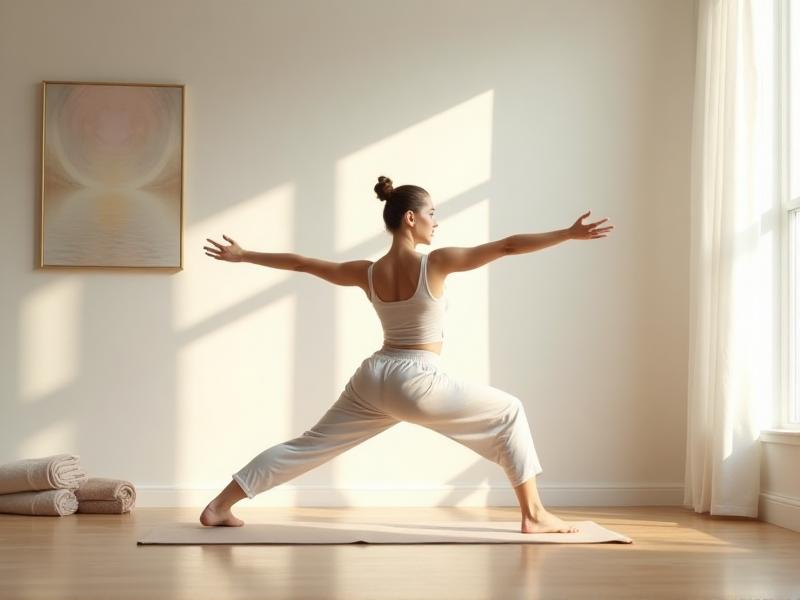
Cost Comparison: High-Tech vs. Low-Tech Fitness Solutions
One of the most significant factors in choosing between high-tech and low-tech workouts is cost. High-tech fitness solutions often come with a hefty price tag. For example, a smart treadmill or an interactive mirror can cost thousands of dollars, not to mention the ongoing subscription fees for apps or virtual classes. On the other hand, low-tech workouts are incredibly budget-friendly. A yoga mat, resistance bands, or a set of dumbbells are relatively inexpensive and can last for years. For those who prefer even simpler options, bodyweight exercises require no equipment at all. When considering cost, it’s essential to weigh the long-term benefits against your financial situation. While high-tech options may offer more features, low-tech workouts provide excellent value for those looking to stay fit without breaking the bank.
Which Approach Fits Your Lifestyle?
Your lifestyle plays a crucial role in determining whether high-tech or low-tech workouts are right for you. If you thrive on structure, enjoy tracking progress, and have the budget for it, high-tech workouts might be the perfect fit. These solutions are ideal for busy professionals who want efficient, data-driven workouts that fit into their schedules. On the other hand, if you prefer flexibility, simplicity, and a more holistic approach to fitness, low-tech workouts could be more appealing. They’re great for those who enjoy a slower pace, value mindfulness, or have limited space at home. Consider your daily routine, fitness goals, and personal preferences when making your decision. Ultimately, the best workout is the one you’ll stick with consistently.
Combining High-Tech and Low-Tech for Optimal Results
Who says you have to choose between high-tech and low-tech workouts? Combining the two can offer the best of both worlds. For instance, you might use a smartwatch to track your steps and heart rate while incorporating bodyweight exercises like push-ups and squats into your routine. This hybrid approach allows you to benefit from the precision of technology while enjoying the simplicity and versatility of low-tech methods. It also keeps your workouts varied and engaging, reducing the risk of boredom or plateaus. Experiment with different combinations to find what works best for you. Whether it’s a high-tech cardio session followed by a low-tech stretching routine or vice versa, blending these approaches can help you achieve a well-rounded fitness regimen.
Final Thoughts: Making the Right Choice for Your Fitness Journey
Deciding between high-tech and low-tech home workouts ultimately comes down to your personal preferences, goals, and resources. Both approaches have their unique advantages and challenges, and there’s no one-size-fits-all answer. High-tech workouts offer cutting-edge tools and data-driven insights, while low-tech workouts provide simplicity, accessibility, and a focus on mindfulness. The key is to choose the method that aligns with your lifestyle and keeps you motivated. Remember, the best workout is the one you enjoy and can sustain over the long term. Whether you’re a tech enthusiast or a minimalist, the most important thing is to stay active and committed to your fitness journey.


